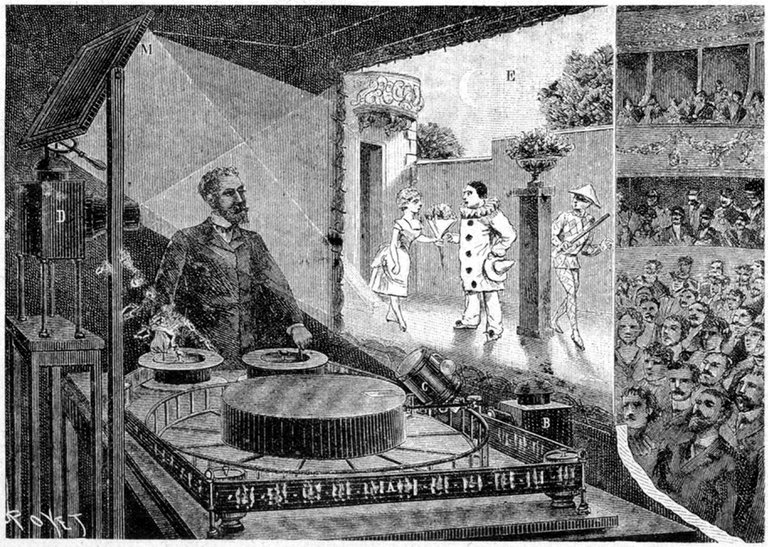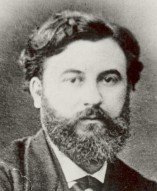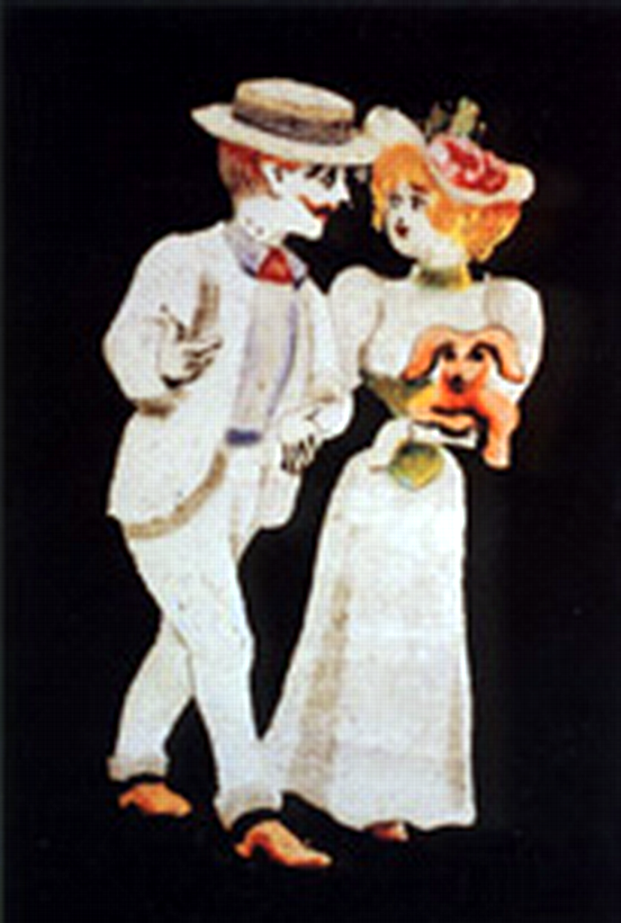Almost all film fans know the names of Hayao Miyazaki, John Lasseter and Katsuhiro Ōtomo, even if they are not particularly interested in animated films. Less well known are the names of the Canadian Norman McLaren or the Czech Jiri Trnka; and even less well known is the name of the Frenchman Charles-Émile Reynaud, considered the most important precursor of today's animated cinema, a contemporary and to some extent competitor of the Lumière cinematographer.

In 1877, Charles-Émile Reynaud invented the praxinoscope, an improved version of other optical devices of the time. This device used a system of mirrors to reflect images, creating a brighter and more detailed animation. In addition, it incorporated a mechanism that allowed the speed of the animation to be varied, increasing the realism of the scenes. The praxinoscope represented an important step towards the creation of realistic moving images.
The zoetrope, invented in 1834 by William George Horner, reproduced movement, but could not project it onto a screen. Charles-Émile Reynaud, born in 1844 and died in 1918, son of a watchmaker and a governess, solved this problem by working with mirrors. He gave his invention the name “Optical Theater” when he patented it in 1888. He used flexible and transparent tapes drawn and colored by himself, and in 1892 he started the projection on screen of his “Luminous Pantomimes” at the Grévin Museum in Paris. Reynaud is now recognized as the paternity of cartoons. Unfortunately, most of his production was destroyed by himself, at least so it is said, when he noticed how his shows were losing interest and popularity in the face of Louis Lumière's cinematograph.

Source: Charles-Émile Reynaud
Its first public screening, on October 28, 1892, included three films: Poor Pierrot, The Clown and His Dogs and A Good Beer.
A Good Beer was a farce about a cafe where a man is continually robbed of his drink and ends up fighting with passers-by. The Clown and His Dogs was inspired by the world of the circus. Poor Pierrot! is a romantic comedy using characters from the Italian Commedia dell'Arte.
Of his production only Poor Pierrot! (1892) and Around a bathhouse, from 1895, are preserved. Reynaud's optical theater came into direct competition with Louis Lumière's cinematograph.
It should be noted that in addition to writing the plots, Reynaud drew and colored his tapes, and sometimes also wrote the music that accompanied his presentations, so his importance as an artist was on a par with his importance as an inventor.

Source: Characters of Autour d'une cabine by Émile Reynaud
Film historian George Sadoul, in his book History of World Cinema, refers to it as follows:
Reynaud built in 1888 his optical theater (in which he used perforated tapes) with the help of which he was able to give, from 1892 and for about ten years, at the Grévin museum, in Paris, the first long public representations of animated drawings, in colors, projected on a screen. Their programs consisted of tapes lasting ten or fifteen minutes each. Reynaud had already employed the essential technique of modern cartoons (dissociation of the animated figures and the scenery, successive tracings on transparent sheets, trickery, closed circuits, etc.).
In addition to the cartoon and colored drawing, Charles-Emile Reynaud introduced the screen, which set a crucial precedent that would open the doors to large audiences. And, not least, it presents fictional stories on a screen for the first time, thus initiating the cinematic story.
Note: As English is not my mother tongue, I use Deepl to translate the text.